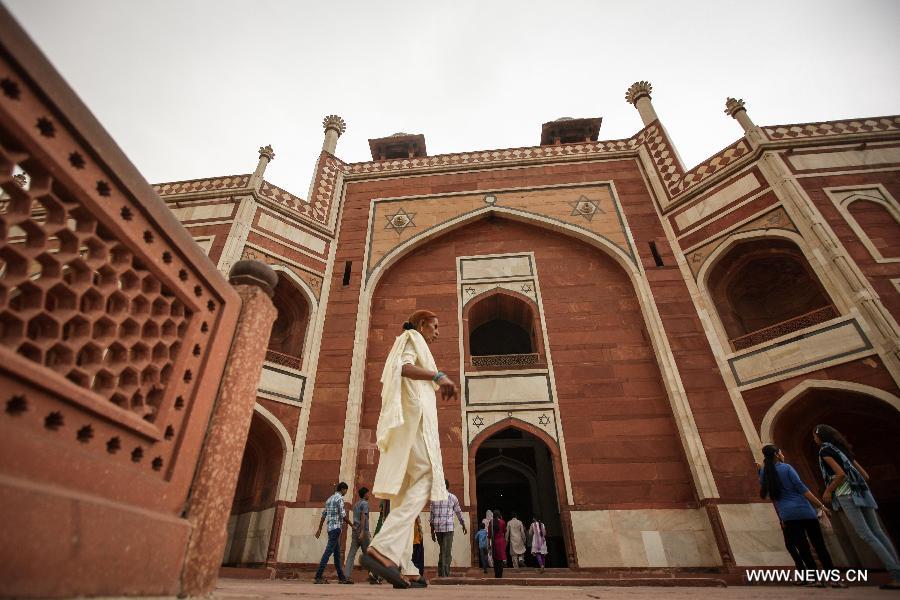
III. Protection of Human Rights in Cultural Services
To fully ensure its citizens' right to cultural services is an important component of China's human rights development. In recent years, China has continued to deepen reform of the cultural system, liberating and developing cultural productivity to inspire cultural creativity in the whole nation. People are enjoying richer cultural entertainments and new development has been made to ensure the citizens' basic access to cultural services. Unprecedented progress has been made in protecting the Chinese people's right to enjoy cultural achievements, to participate in cultural activities and the management of cultural affairs, to cultural creation and to legal protection of their cultural property.
A service system to ensure Chinese citizens' cultural rights has been basically established. The state has improved the network of public cultural facilities step by step, and has basically attained the goal of having "libraries and cultural centers in counties and cultural stations in townships." By the end of 2012, there were 2,089 art performance troupes, 2,838 museums, 2,975 public libraries, 3,286 cultural centers and 34,139 township cultural stations throughout China. A service network covering both urban and rural areas powered by a culture and information resource-sharing program has been developed. By May 2012 China had built one service center at the national level, 33 sub-centers at the provincial level, 2,840 branches at the county-level, 28,595 service stations at the township level, and 602,000 service outlets at the village level. The total volume of digital resources had reached 136.4 trillion bytes, providing services to more than 1.2 billion persons accumulatively. The digital library program has been carried out in 33 libraries at the provincial level and 185 libraries at the prefectural (city) level, and the total volume of digital resources has reached 560 trillion bytes. By the end of 2012, China had 2,579 radio and television broadcasting stations of various sizes. The total length of the cable TV network measured more than 3.3 million km, providing services to 214 million cable TV users (households) and 143 million cable digital TV users. About 97.5 percent of China's population had access to radio service, and the figure was 98.2 percent for access to television programs. In 2012 the country's total funds for culture, sports and media services provided by the public finances reached 225.145 billion yuan, an increase of 85.838 billion yuan as compared to 2009; and the floorage of cultural facilities per 10,000 people reached 221.2 square meters. By providing radio and television services to every village with more than 20 households and setting up libraries for farmers, the state has been working hard to meet the cultural needs of people in rural and remote areas. Currently, all China's administrative villages and 95 percent of villages with more than 20 households have access to telephone service. All townships have adequate infrastructure for Internet connection, and all townships and 88 percent of administrative villages have broadband Internet connection. By August 2012, the state had spent more than 18 billion yuan on the building of over 600,000 farmers' libraries under unified standards, equipping these libraries with 940 million copies of books, 540 million copies of newspapers and periodicals, 120 million audio-visual products and electronic publications, and over 600,000 sets of film and television projection equipment and reading apparatus. New achievements have been made in the fitness-for-all endeavor. The State Council issued the National Fitness Program (2011-2015). By the end of 2012, China had more than one million sports venues of various types, and the state had completed the building of 348,000 fitness stations for farmers and 261,000 outdoor fitness tracks.
【11】 【12】 【13】 【14】 【15】 【16】 【17】 【18】 【19】 【20】
【21】 【22】


















 Father arrested for 'torturing' teen daughter
Father arrested for 'torturing' teen daughter


![]()
